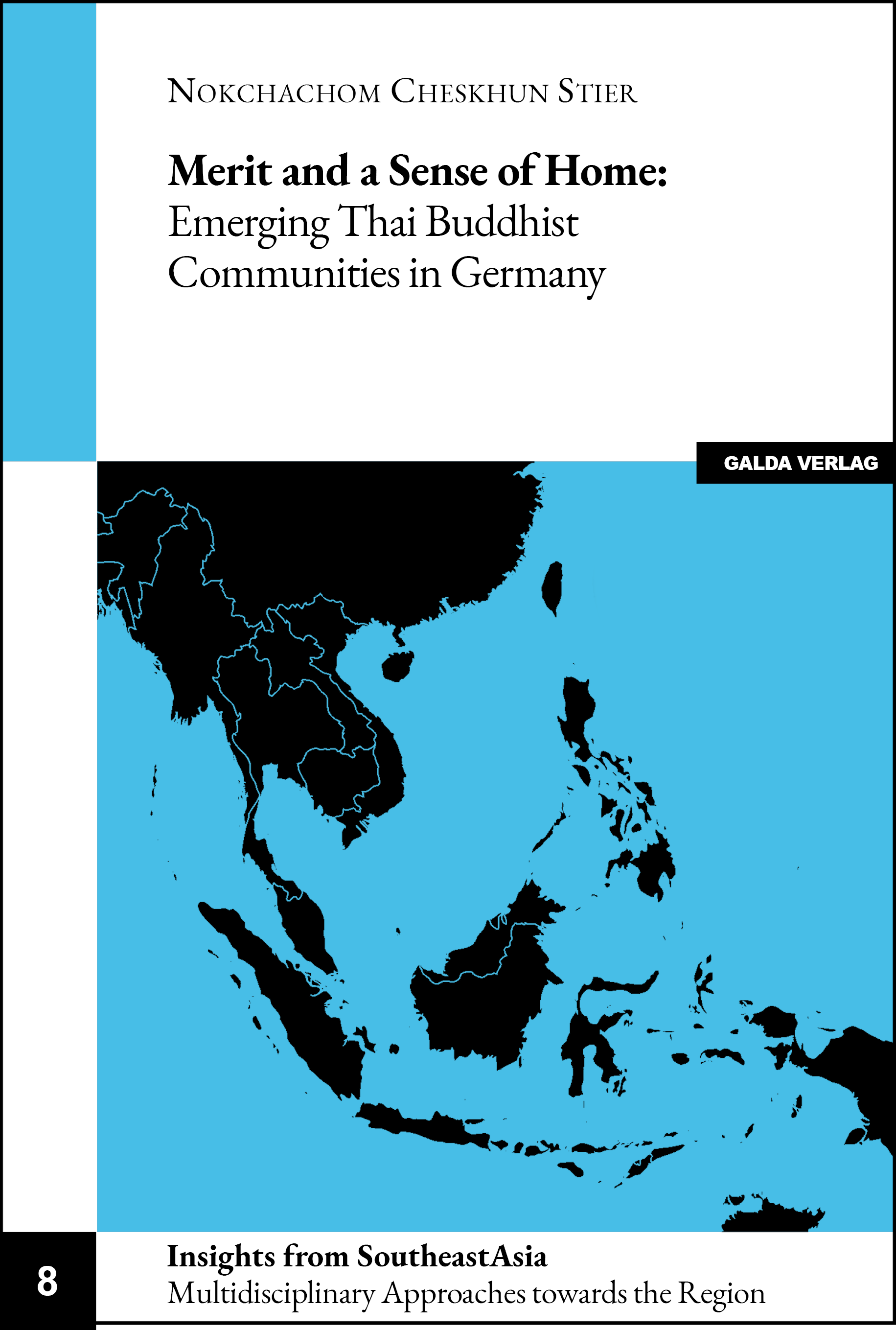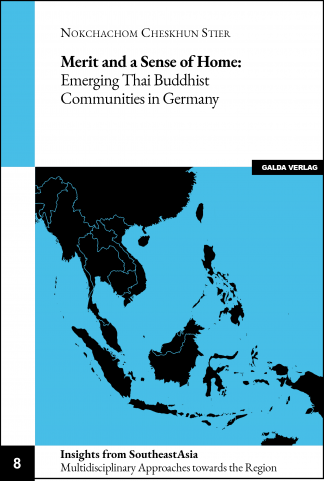Description
This book provides an insight on the Buddhist way of Thai temple life in German diasporic context. It is based on input from several Thai Buddhist communities in Germany where the first-generation Thai transmigrants construct and form a sense of belonging by actively participating in temple life. It also explores the multifaceted role that Thai temples play in the lives of Thai transmigrants. Moreover, this book combines the anthropology of diasporas with Buddhism and identity.
About the author
Nokchachom Cheskhun Stier is teaching at the Institute of Anthropology, Faculty of Behavioural and Cultural Studies, the University of Heidelberg, and is also working as a case manager in a woman project at a social enterprise in Stuttgart, Germany. Nokchachom obtained her Bachelor’s degree in international studies with a focus on cultural studies and minors in German and music from the University of Oregon, Eugene, USA. Nokchachom obtained her Master’s degree in cultural
studies from the University of Goettingen and a doctoral degree in sociocultural anthropology from the University of Heidelberg.
About the series
Developments in the field of area studies — goaded by the analytical deconstruction of world regions from their geopolitical sense — have deeply affected the knowledge production from societies and cultures located in the politicised compartmentalisation of the globe. With this series, the editors and authors wish to contribute to a reformulation of sensibilities in area studies which emphasises the epistemic value of contextualised knowledge production. Starting with the notion of Southeast Asia, books published in this series will contribute to a more nuanced understanding of regionality based on a multidisciplinary approach. The series represents an outlet for young scholars intending to publish their degree theses; and for established scholars who are looking for a place to republish out-of-print books. We also encourage scholarly collectives from the regions to publish collaborative works or edited volumes on topics that usually will not attract the attention of big presses due to their trans-disciplinary orientation.


